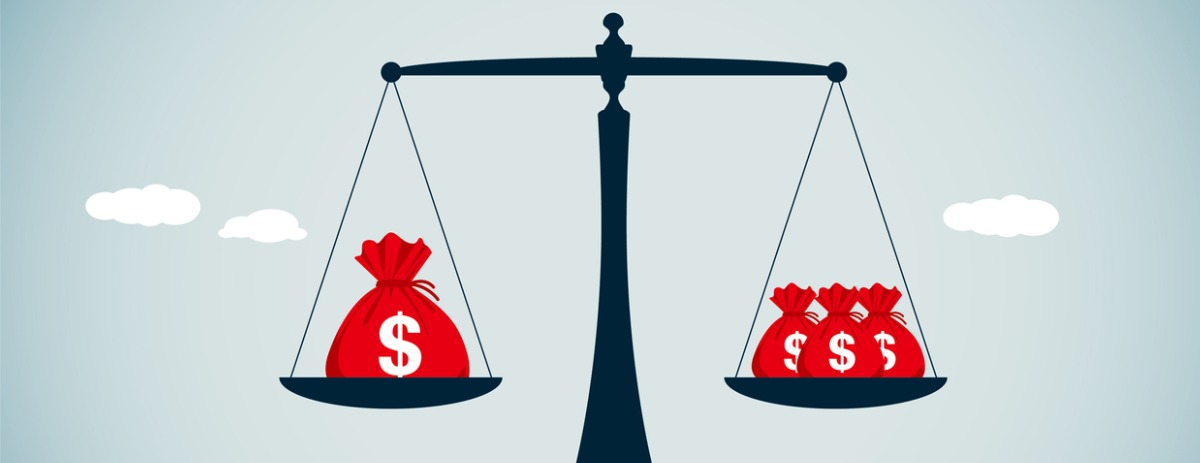How a balance transfer credit card can be an easy way to save money right now.


Saving money with little to no effort is entirely possible if you know where to look, and one way to do it is to transfer the debt from your existing credit cards to a brand-spanking new balance transfer (BT) card.
The new BT card will siphon the balances from your old cards while telling the interest on those old balances to take a long walk off a short plank (at least for a significant amount of time).
What is a balance transfer credit card?
A balance transfer credit card will pay off the debts you’ve racked up on any other credit cards you own, without charging you a dime in interest on those balances for as many as two years or more… depending on what grace period the new card is offering at the time.
A BT card will come with it’s own purchase rate, and you’ll accrue that amount of interest on any new purchases you make with that card – but you won’t pay a dime in interest on those original balance transfers as long as you pay them off during the 0% balance transfer introductory period. After that, you’ll end up paying the card’s purchase rate on any portion of those balance transfers you’ve not yet paid off.
Is a balance transfer credit card right for you?
As we mentioned, a balance transfer credit card is a no-brainer for many people, but you’ll definitely need to keep the following tips in mind:
- The $0 introductory rate doesn’t apply to purchases, so don’t run up the new card with tons of new purchases. If you’re a shopaholic, think twice about applying for a new card.
- Consider closing the old cards that now have zero balances. The last thing you want to do is defeat the whole purpose by running those cards back up with high balances.
- Be relatively certain you can pay off the BT amount within the introductory period, since the 0% interest rate will revert to the card’s purchase rate – which can be anywhere in the ballpark of 10-20% (give or take a few percentage points).
- Determine if the amount you can save on interest is enough to offset the one-time balance transfer fee (usually around 1-2% of the balances transferred) and any annual fee the card may charge.
- Don’t apply for a new card if you’ve recently applied for a slew of other loans, or plan to in the future. Too many credit inquiries can lower your credit score and harm your chances of getting credit in the future.
- Be aware that some balance transfer cards have a balance transfer limit. They may not accommodate the transfer of extremely large loans.
Are there any other benefits to having a balance transfer credit card?
Another major benefit to using a balance transfer credit card (especially if you use it transfer two or more other balances) is that you’ll now only have to contend with one bill and one due date, instead several bills and several due dates.
That’s a lot less headspace dedicated to pesky bill payments.
You might also find a balance transfer card that offers additional perks that your existing cards don’t offer – like a rewards program or travel insurance.
Are there other ways to consolidate debt?
The other major way to consolidate debt is to take out a personal loan and use that cold, hard cash to pay off the other balances you’re looking to eliminate. However, a personal loan usually won’t save you as much money as a balance transfer card would – at least in the short-term.
If the balances you wish to consolidate are sky high, and it’s nearly impossible for you to pay it all off within whatever grace period you can find in a BT card, a personal loan might work better for you.
Personal loans usually don’t come with a 0% introductory rate, but their ongoing rates are often lower than many credit cards… and that in and of itself can save you money.
The information in this blog post is general in nature and does not constitute personal financial or professional advice. It is not intended to address the circumstances of any particular individual. We do not guarantee the accuracy and completeness of the information and you should not rely on it. Before making any decisions, it is important for you to consider your personal situation, make independent enquiries and seek appropriate tax, legal and other professional advice.
Credit Simple
Credit Simple gives all Australians free access to their credit score, as well as their detailed credit report. See how your credit score compares by age, gender and community and gain valuable insights into what it all means.
All stories by: Credit Simple